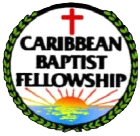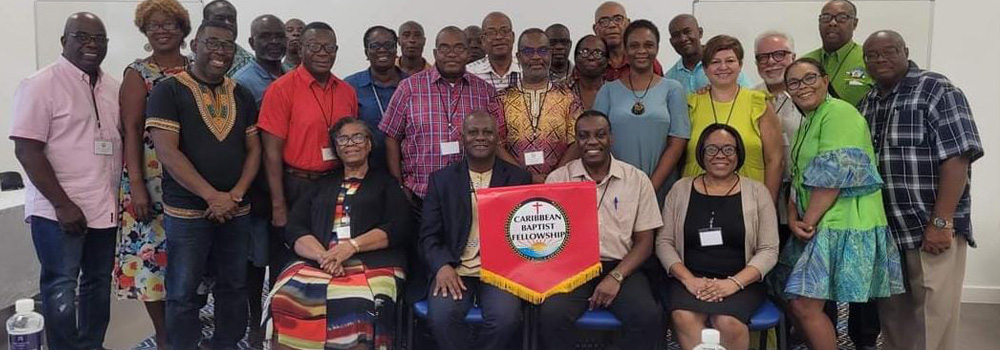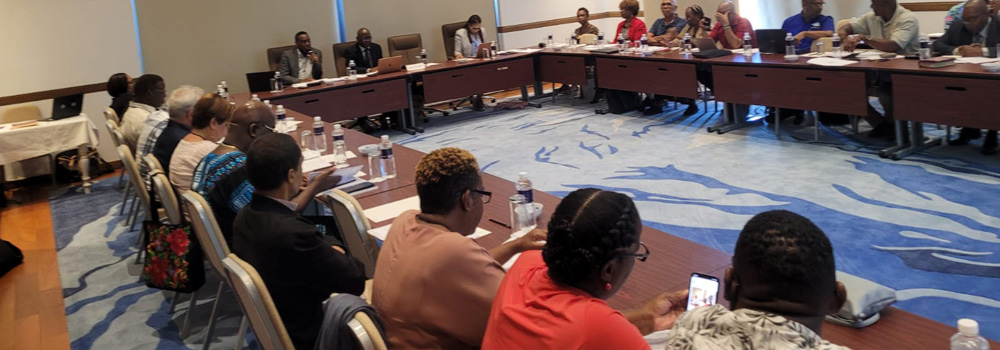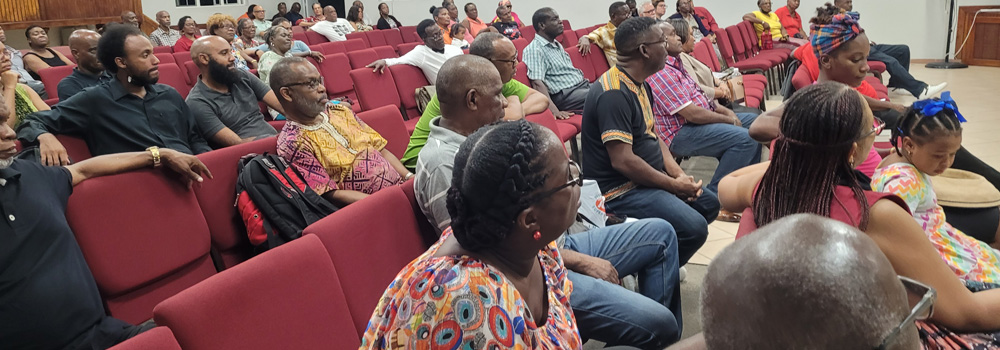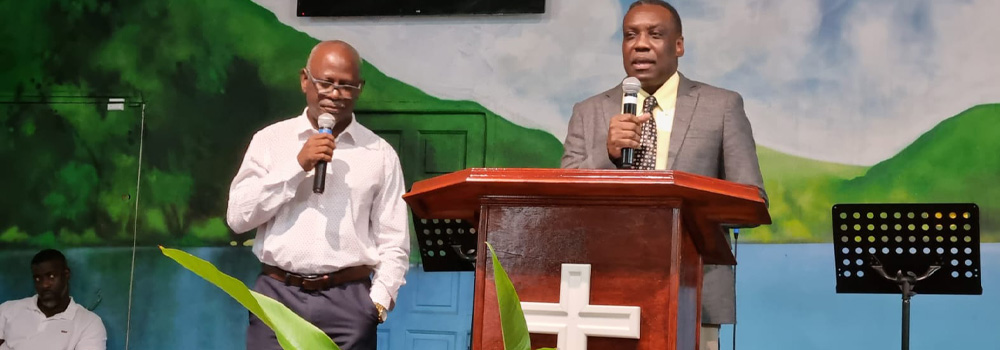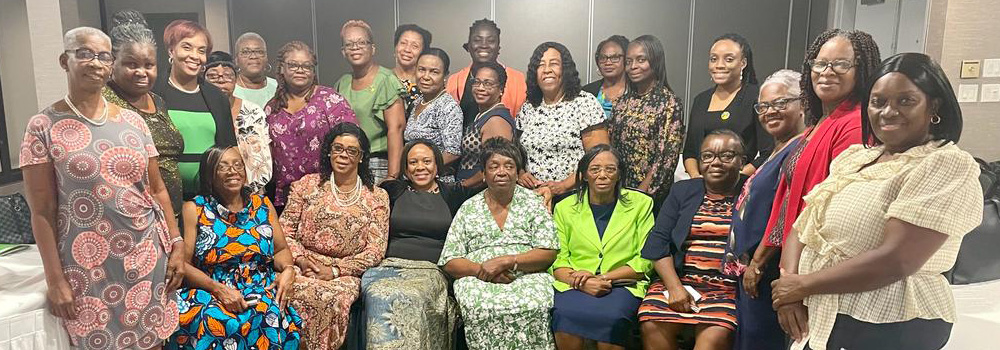Devastation Caused by Hurricane Dorian Assessment Report 2019
- 9-18-2019
The Bahamas Devastation Caused by Hurricane Dorian
Assessment Report
Conducted on Monday, September 9, 2019
Introduction
Between September 1 and 2, 2019 Hurricane Dorian, the first major hurricane of the 2019 Atlantic season, devastated northwestern Bahamas as a category 5 destructive tropical cyclone. The Islands mainly affected were the Abaco Islands and Grand Bahama. The Islands are situated approximately 10005 miles north of Nassau and 175 miles east of Palm Beach. The two mainly affected Abaco Islands are Great Abaco of which the main settlement is Marsh Harbour and Sandy Point, southwest of Marsh Harbour. These Islands in comparison to Nassau and Grand Bahama are undeveloped. Grand Bahama is the most northerly island in the Bahamas with Freeport as its capital. It is located 103 kilometres (64 ml) from Palm Beach, Florida and considered the second most populous island in the Bahamas. An assessment team of twenty two Baptists, representing the Bahamas National Baptist Missionary and Educational Convention, Baptist World Alliance/Caribbean Baptist Fellowship, Baptist Response/Southern Baptist Convention, toured the affected Islands on Monday, September 9. The team was transported by two chartered planes from Nassau to the affected Islands for the day long tour that started at 9:00 am and ended at 6:00 pm.
Abaco Islands Dorian pummeled Abaco and Grand Bahama Islands for two days, with thirty inches of rain and a storm surge as high as 23 feet. The tour of the hurricane ravaged Islands revealed that the extent of the devastation varied from Island to Island. In relation to Sandy Point, a relatively small undeveloped Island, the damage is minimal. From observation, the roofs of some houses were damaged but not extensively and a few cars by fallen trees. The road network is in fairly good condition. However, based on the predicted intensity of the hurricane, approximately seven thousand persons were evacuated to Nassau, while others with the relevant United States document sought refuge in nearby Florida. As a result, upon our visit, not many persons were around. Those with whom we spoke indicated that their immediate need was for generators as there was no electricity on the Island and they could not say how soon it would return. It was a sigh of relief for Rev. Jason Roberts,one of the Pastors for the two Baptist churches on the Island, that none of the Baptist church was adversely affected by the hurricane.
Marsh Harbour, Abaco
The extent of Dorian’s destruction is evident in Marsh Harbour, the capital of the Abaco Islands. The entire neighborhoods are flattened, houses shredded, shipping containers and boats hurled inland and debris covered a large expanse of the small town while foul odor penetrates the atmosphere. The only surviving buildings are the airport, the clinic and a government building. The area can be described as a ghost town as those who did not evacuate before the onslaught of the hurricane, had no choice but to leave at the earliest possible time subsequent to the devastation. It is still too early to give a definitive number of those who died as a result of the hurricane, but speculation is that it could be in the hundreds. Close to one hundred persons have been confirmed dead so far. While the assessment team was there, two bodies were found. All the buildings were compromised on this Island, and as such, none could have been used as a shelter. One can therefore imagine the chaos, anxiety and fear that gripped the citizens as Dorian unleashed its fury on Marsh Harbour. The below aerial view provides a good picture of the nature of the devastation in Marsh Harbour, Abaco. The damage stretched for miles.
Aerial View – Marsh Harbour
The immediate need for this Island is to evacuate every one as it is poses a serious health risk. The restoration needed will have to be executed executed within a medium, long term framework. Therefore, a more in-depth assessment will have to be carried out guided by Government policy decision in relation to rehabilitation, plan of action and time line. In the final analysis, attention will have to be given to:
1. Housing solutions
2. Construction code of regulations
3. Road network
4. Utilities – electricity, water, telephone
5. Economic Activities and Business enterprises
6. Facilities for education, health, recreation etc.
7. Church buildings
8. Agriculture among other critical areas needed for national life
The team observed mark signs which suggested that already the relevant agencies had visited the area and condemned a large number of buildings. Marsh Harbour, Abaco is a disaster zone that urgently requires collaborative international relief response. The response needed cannot be a piecemeal one, but one that is well coordinated with agreed goals, objectives and outcomes. Currently, there are governmental and non-governmental disaster relief agencies, including the church community showing interest in this Island, but there seems to be no decisive decision or action at this time, save and except the conducting of assessments and media coverage. Prime Minister Hubert Minis is reported to have said that the country was in one of the greatest national crises in its history and that it would require a massive coordinated effort to rebuild.
Grand Bahama As it relates to Grand Bahama, the devastation is less than the Abaco Islands though still bad enough to be of serious concern. Freeport, the capital of Grand Bahama did not experience much structural damage, though it was inundated, particularly, within the vicinity of the airport, which left it shrouded in debris. The water has since subsided and debris removed in order for the airport to become a major entrance point for relief supplies and refugees from the Abaco Islands. However, other parts of the country were seriously impacted by the hurricane. Houses, business places and churches among other places were devastated while the road network seriously compromised. In addition, electricity has been disrupted without any indication of a restoration time table in some of the badly affected areas. Currently, a number of persons are in shelters while some relief emergency agencies are working feverishly to respond to the growing needs, particularly, in shelters for both Grand Bahamians and refugees from neighboring Bahamian Islands. Inasmuch as many persons are currently in shelters, there is immediate need for food, clothing, medical supplies, water, mattresses and flashlights among other things. For the medium long term, there is need for:
1. Housing Solutions – Rehabilitation of Houses
2. Restoration of Church Buildings
3. Rehabilitation of road network
4. Building materials
5. Restoration of communication network
6. Work teams – skilled workers
7. Counselling intervention etc.
Limitations
1. In conducting the assessment, we were unable to interview persons from some of the mostly affected areas, because of the evacuation prior and immediately after the hurricane. Consequently, not many persons were seen for this level of interaction
2. Getting important data regarding deaths, injured, community profile and population profile was a challenge as these data were not easily available given the devastation experienced and the seemingly disorientation of victims.
3. In view of the fact that the assessment was done seven days after the devastation, coordination was lacking and information flow informal, and in some instances not forthcoming.
4. One day was insufficient to carry out an assessment in three countries given the magnitude of the devastation. Therefore, the assessment could not have been as in-depth as one would have wanted to be.
Recommendations
1. The Bahamas National Baptist Missionary and Educational Convention, supported by the Caribbean Baptist Fellowship, is putting a mechanism in place to respond to the needs of the affected Islands. Therefore, It is recommended that BNBMEC be the point of contact for relief response in the Bahamas.
The contact persons for the Convention are, President -Rev. Dr. Lloyd Smith, telephone 242-357-4846; email – bnbmec@coralwave.com; Executive Secretary, Rev. Dr. Sheldon Higgs, Contact: Telephone – 242-463-5266; email - bnbmec@coralwave.com
Contact persons for the Caribbean Baptist Fellowship are the Rev. Dr. William Thompson, Contact: telephone 242-376-7131; email – rev.william.thompson@coralwave.com and Executive Secretary, Rev. Everton Jackson, Contact: Telephone – 876-298-6648; email – cbfest0@gmail.com.
Should further information be needed regarding specific contact persons from the affected Islands, it is recommended that contact be made with the Convention for a recommendation in order to avoid confusion in the restoration process.
2. Even though Nassau was spared the onslaught of Hurricane Dorian, it has become a shelter for many refugees from the other affected Bahamian Islands. As a result, the Convention is moving with alacrity to establish canteens to feed persons numbering over four thousand in shelters both in Nassau and Grand Bahama. The Convention is open to receiving volunteers to work in the canteens. Food supplies and water are urgently needed to respond to the needs of those in shelter. In addition, there is need for mattresses, toiletries, clothing, bed linen and flash light, among other things, in order to assist in the creation of a humane environment as best as possible. The Convention has telegraphed their intention to provide counselling and spiritual support for persons in shelters to enable them to better manage the reversal that has invaded their experience. Those with this skill set and competence could avail themselves for service in this regard.
3. Regarding medium and long term responses, assistance will be needed to conduct a more detailed and in-depth assessment to provide accurate estimates. Persons with the requisite competences in quantity surveying and building construction knowledge could partner with the BNBMEC and the CBF to this end.
4. Construction teams comprising of builders, electricians, plumbers casual workers and painters will be needed for the restoration of houses and churches among other structures.
5. Given the fact that other relief agencies are involved in the restoration process, it is advisable that a coordinated approach be taken to avoid duplication and wasting of resources. The BNBMEC could provide a list of fraternal bodies and NGOs that are partnering with them as well as the name of the Government oversight relief agency. There is always a place for consultation and collaboration in disaster response. Conclusion Whenever there is a disaster, especially one that has resulted in the loss of lives, there are always many vexed and searching questions. One reporter asked the team if the hurricane was sent by God. This is an expected question as victims sometimes struggle to reconcile their faith in a good God with their suffering. The onus is on the faith community to clearly articulate a proper theology that clarifies that though God is not the author of evil, he allows various experiences for the realization of his perfect will in keeping with His sovereignty. In the light of this human struggle, the Christian community should embrace the nature of mission as a tension between evangelism and Christian social action, so that victims of suffering and pain can experience the love, solidarity and compassion of Christ in practical endeavors.
Submitted by:
Everton Jackson (Rev.)
Executive Secretary/Treasurer –
CBF Regional Secretary for the Caribbean
